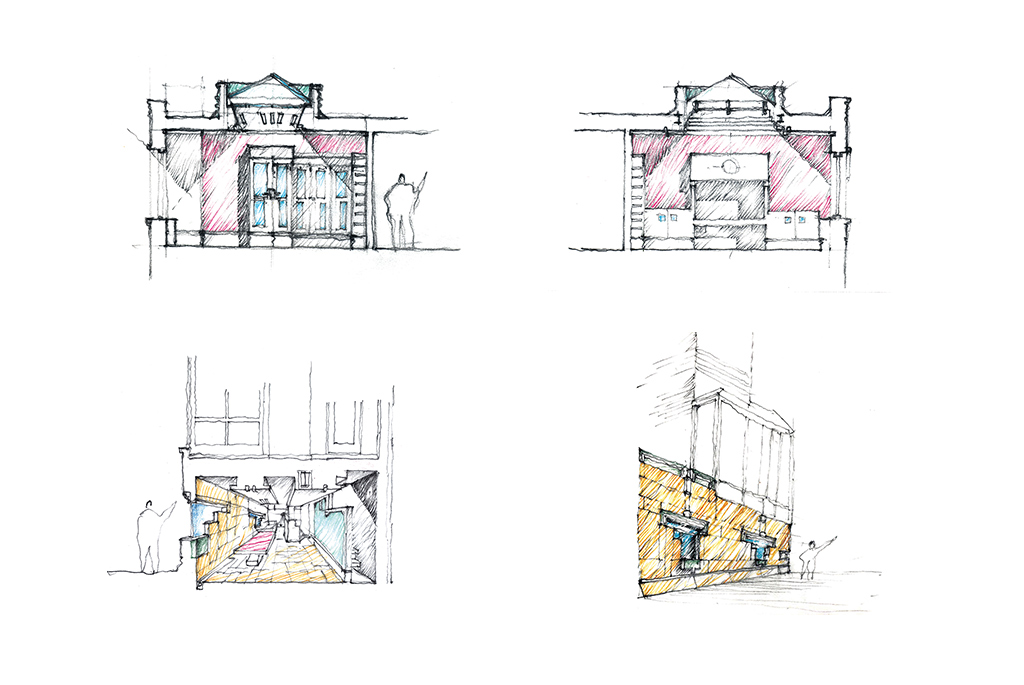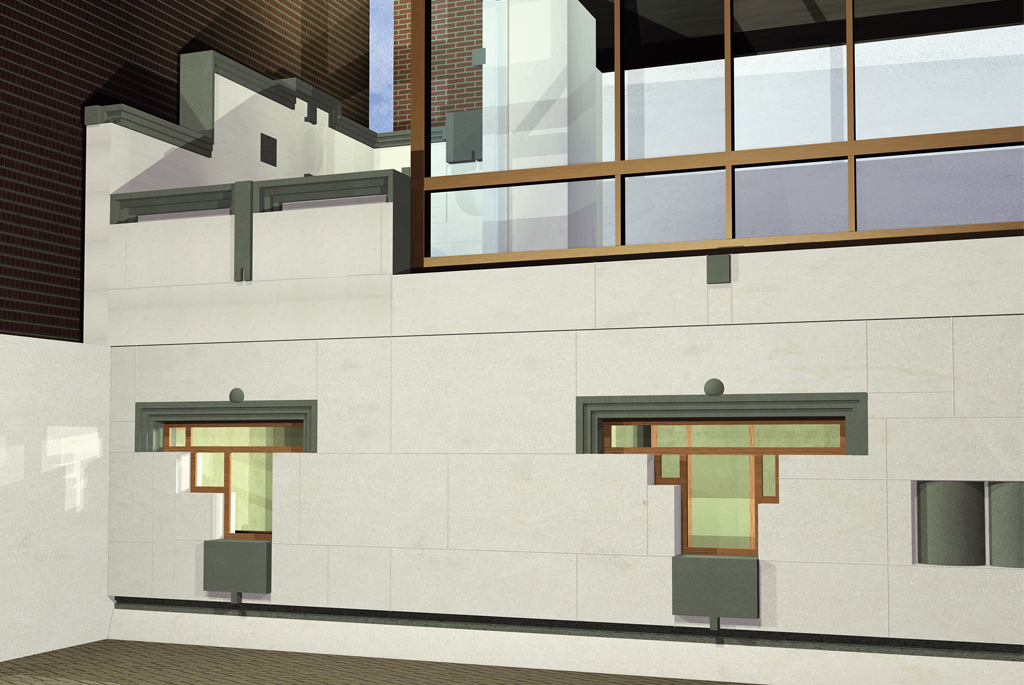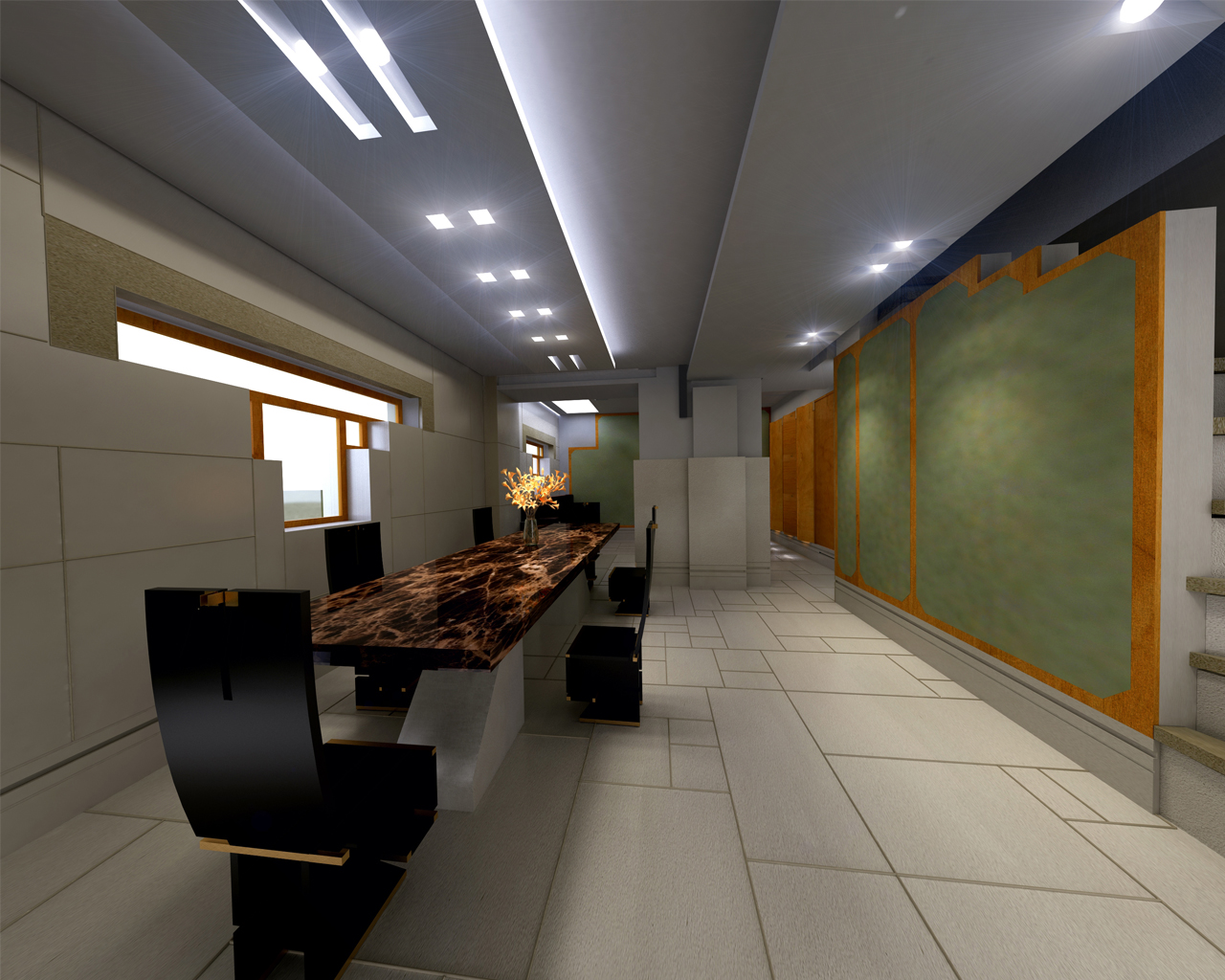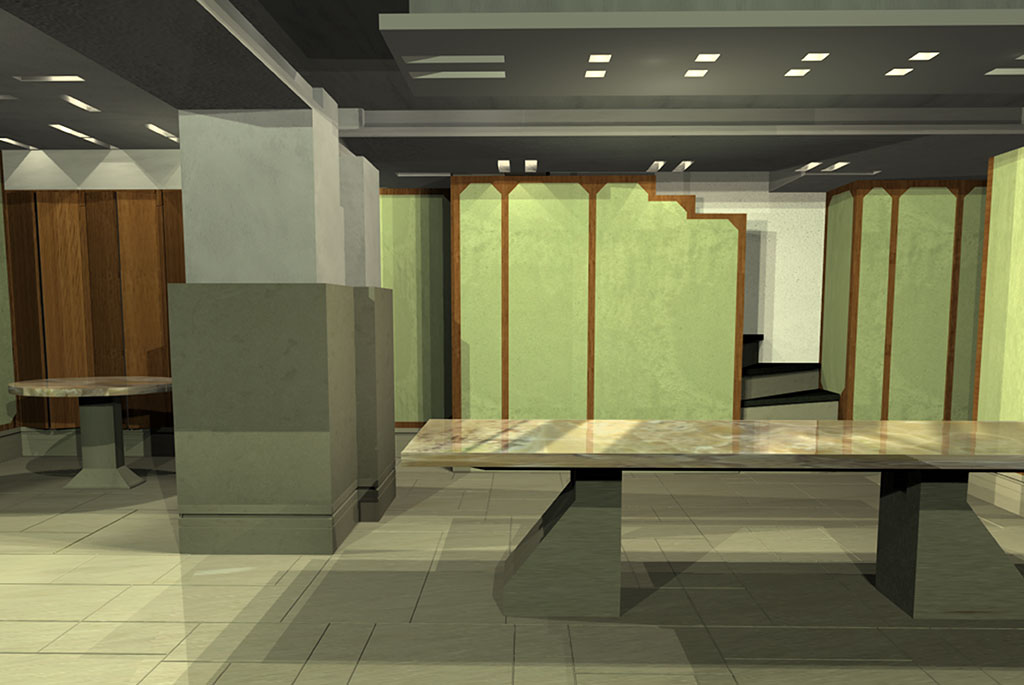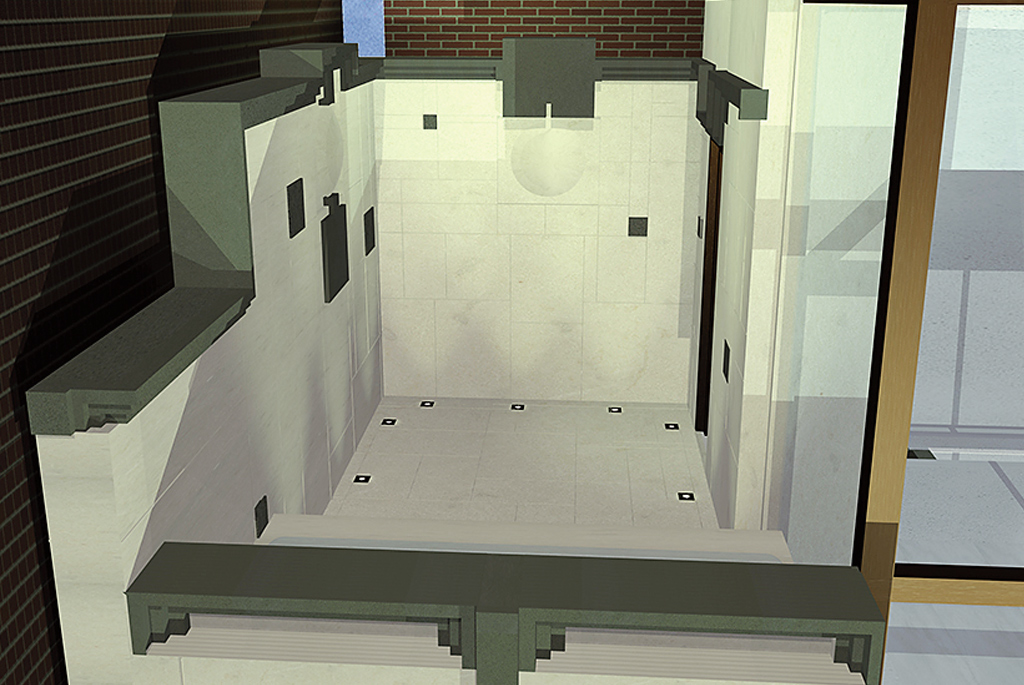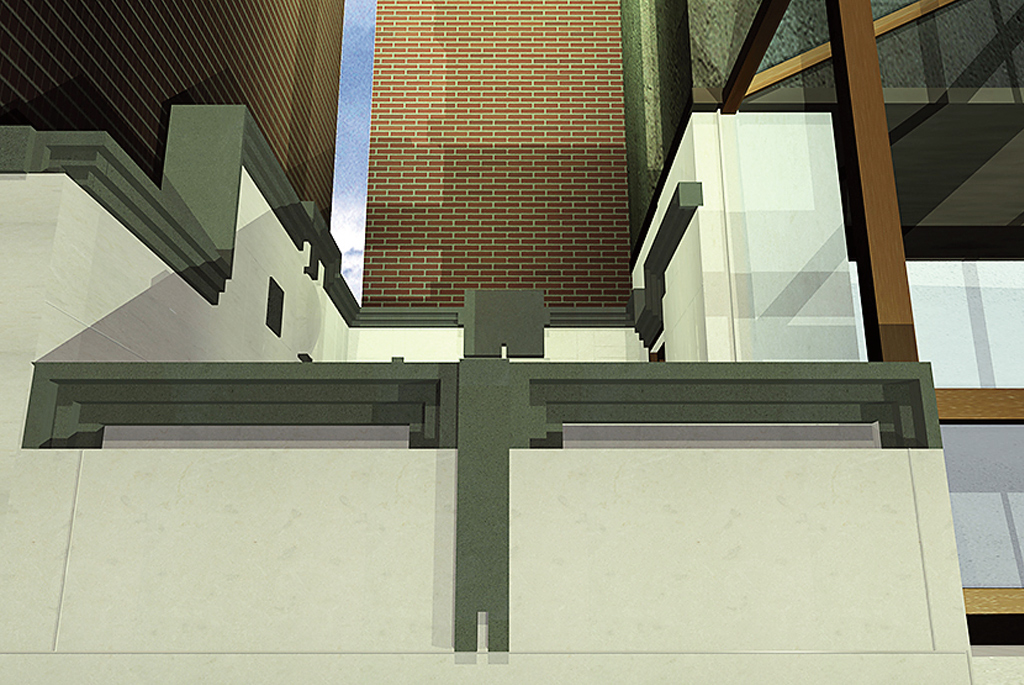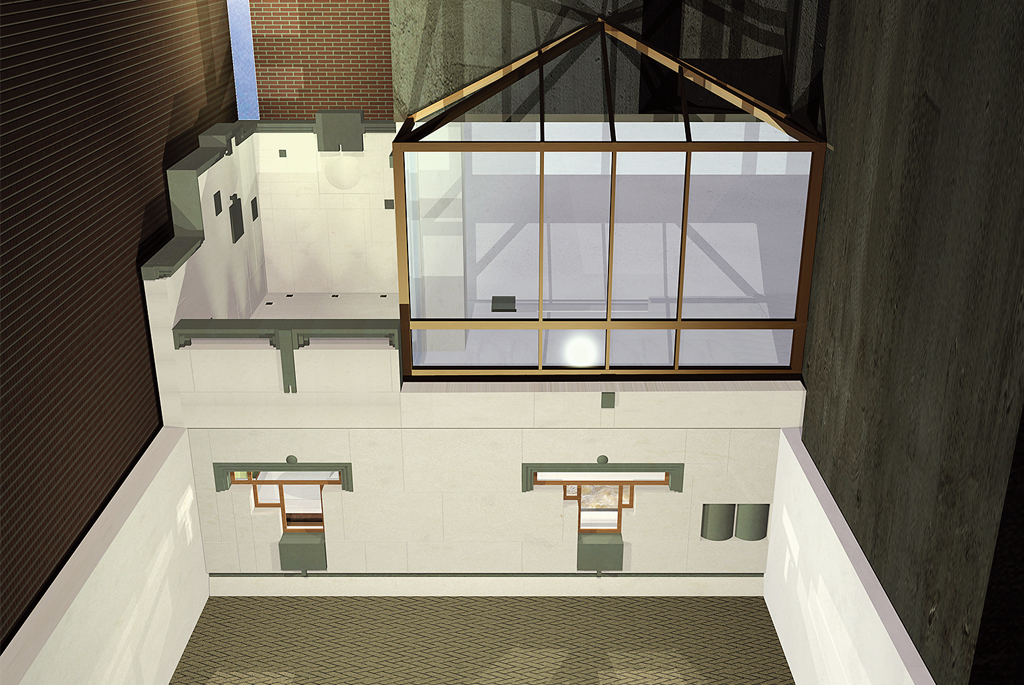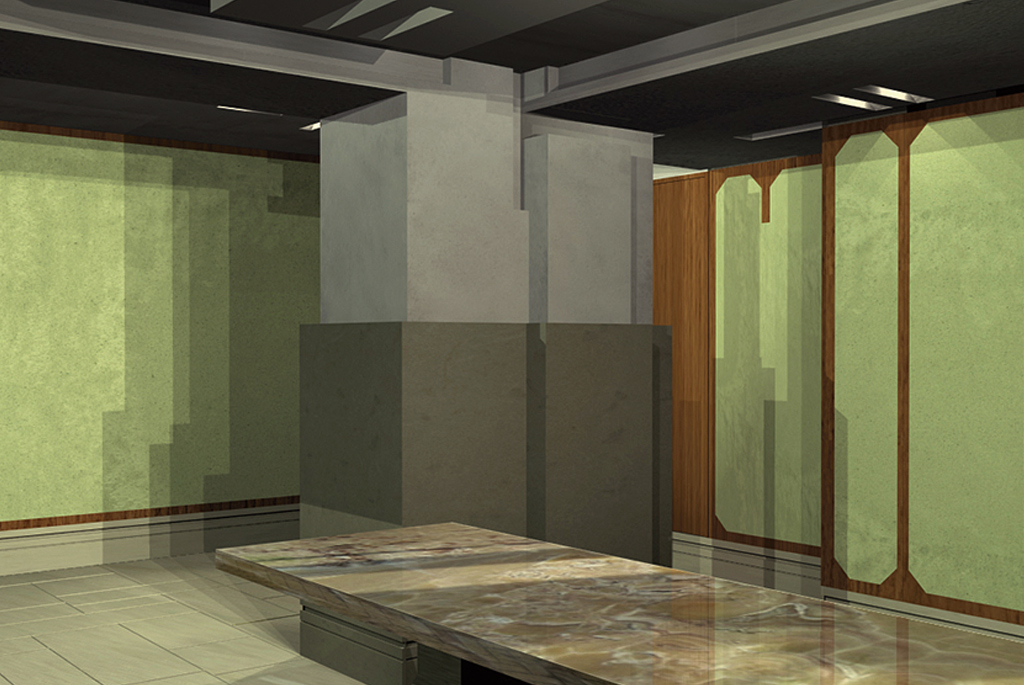Park Avenue Townhouse Renovation
Project : Park Avenue Renovation
Location : Park Avenue, New York City
Firm : George Ranalli Architect
Associates: Aaman & Whitney Mechanical Engineering
By the time the owner of this four-story, single-family Carnegie Hill home sought to renovate in 2004, the building had come a long way from its humble origins. Built in 1884–85, it was one of four speculative row houses that originally stood aside the cinder and steam of the above the ground Park Avenue locomotive transit. Andrew Carnegie’s 1899 purchase of the two-block fronts, in the area, followed by the mandate of the New York State Legislature for electric-powered trains, in 1903, repositioned Park Avenue as the Upper East Side’s quintessential residential boulevard. In 1923, an affluent Owner hired architect Emery Roth to redesign its exterior façade in the modern classical style the neighbor’s house down the street. Removing the porch and street stair made way for a classically inspired, central entrance and service door, and a little courtyard finished to match the new black-and-white marble floor of the interior hall. All that remained of the original building, after clearing away the decorative brackets, molding, ironwork, window balconies, and multi-pane casements, was a simple stone cornice and parapet wall, a sleek limestone façade, and a set of large, square-headed, upper-story windows.
The classical unity of the exterior in no way predicted the accumulation of eccentricities inside. Under various Owners, such as a film star, a banker, and a family of four, the building went through several renovations that left a hodgepodge of spaces. A mid-1930s renovation introduced a four-story addition, at the back to accommodate servants’ quarters. French doors leading to a scrolled iron gateway and trellised patio, which was later enclosed in glass, was added to a second story drawing room. At one time, the lower floors had been joined to the house next door.
George Ranalli Architect was enlisted to once again renovate the house’s lower floors, converting a barren space beneath the existing solarium into a new dining room, breakfast room, and terrace. While the program seemed simple, the structural reality of the building required additional columns and beams, placed in critical locations to achieve the desired spatial results. The Owner also requested of George Ranalli Designs a twelve-foot long dining table, fabricated in onyx, for evenings with guests.
Interior architecture provided new spaces for formal dining, kitchen, ample pantry storage, and breakfast room, as well as a new upper-story library under a new skylight, and an inviting new outdoor garden patio. A new exterior façade expanded the back of the house, incorporating found open space beneath the sunroom-gazebo to shape an outdoor terrace. The project returns to dense stone construction of the initial architectural rationale, includes a new enclosed exterior at the rear of the house fabricated in Valders Buff dolomite stone and Pietra Serena accents.
Design for the new dining area features Venetian plaster and pear-wood trim which, at the top, hint at the rise of a new stair to the new second-story sunroom. During the day, sunlight fills the spaces through a terrace skylight and mahogany wood framed windows, which also capture a garden view. In the evening, Indiana limestone floors and onyx stone tabletop twinkle beneath new lighting design. Finally, a new cast plaster ceiling, opportunistically contoured around electrical and other building systems equipment and an existing steel beam, conspires to create an ethereal quality.
